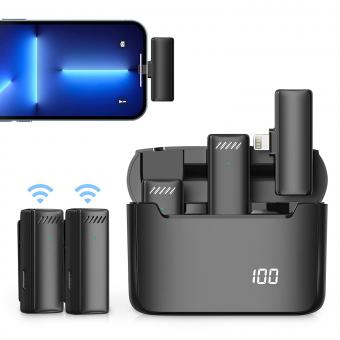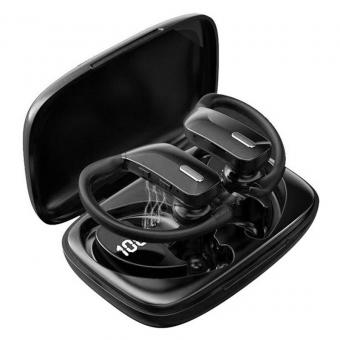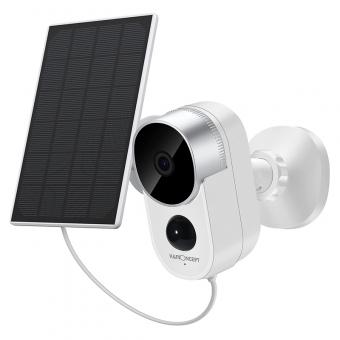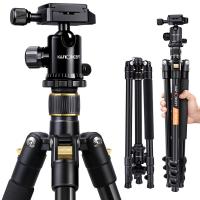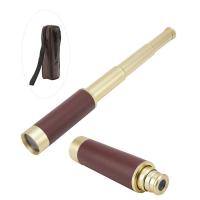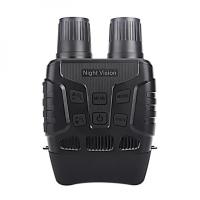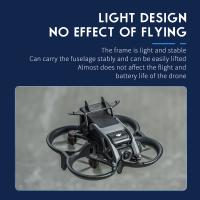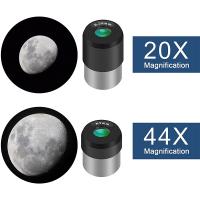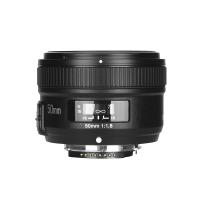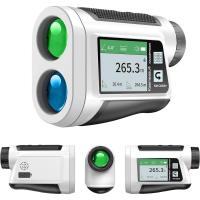How Do Wireless Cameras Work ?
Wireless cameras work by using radio frequency signals to transmit video and audio data from the camera to a receiver or a network. The camera captures the video and audio, which is then encoded into a digital format. This digital data is then modulated onto a radio frequency carrier wave. The modulated signal is transmitted wirelessly through the air to a receiver or a network device.
At the receiver end, the wireless signal is received and demodulated to extract the digital data. The data is then decoded and converted back into video and audio signals. These signals can be viewed in real-time on a monitor or recorded for later playback.
Wireless cameras typically use Wi-Fi or other wireless communication protocols to transmit the data. They require a power source, either through batteries or by being connected to a power outlet. The range of wireless cameras can vary depending on the specific model and the environment in which they are used.
1、 Wireless transmission: Sending video signals without physical cables.
Wireless cameras work by utilizing wireless transmission technology to send video signals without the need for physical cables. This technology allows the camera to capture video footage and transmit it wirelessly to a receiver or a network device.
The process begins with the wireless camera capturing video footage using its built-in image sensor. The camera then converts the analog video signals into digital data. This data is then compressed using various video compression algorithms to reduce the file size and make it easier to transmit wirelessly.
The wireless camera is equipped with a wireless transmitter that uses radio frequencies to transmit the compressed video data. The transmitter sends the data to a receiver or a network device, which is equipped with a wireless receiver. The receiver decodes the compressed video data and converts it back into a video signal that can be viewed on a monitor or recorded onto a storage device.
Wireless cameras typically use Wi-Fi or Bluetooth technology for wireless transmission. Wi-Fi cameras connect to a local wireless network, allowing the video footage to be accessed and viewed remotely through a computer, smartphone, or tablet. Bluetooth cameras, on the other hand, have a shorter range and are often used for short-range wireless transmission to a nearby device.
In recent years, advancements in wireless technology have led to the development of more sophisticated wireless cameras. These cameras now offer higher resolution video, improved signal stability, and enhanced security features. Additionally, some wireless cameras are now equipped with motion sensors and can send alerts to a user's smartphone or email when motion is detected.
Overall, wireless cameras provide a convenient and flexible solution for video surveillance, allowing users to monitor their surroundings without the limitations of physical cables.

2、 Camera technology: Capturing images using digital or analog sensors.
Wireless cameras, also known as Wi-Fi cameras, utilize advanced camera technology to capture images and transmit them wirelessly to a receiver or a connected device. These cameras can be used for various purposes, including surveillance, home security, and even photography.
Camera technology has evolved significantly over the years, with the introduction of digital or analog sensors being the key component. Digital sensors, such as CCD (Charge-Coupled Device) or CMOS (Complementary Metal-Oxide-Semiconductor), convert light into electrical signals, which are then processed to create a digital image. Analog sensors, on the other hand, capture images in a continuous manner and convert them into analog signals.
In the case of wireless cameras, these sensors are integrated into the camera body, along with other necessary components like lenses and image processors. The camera is then equipped with Wi-Fi capabilities, allowing it to establish a wireless connection with a receiver or a connected device.
When an image is captured by the camera, it is processed and compressed into a digital format. This compressed image data is then transmitted wirelessly using Wi-Fi technology. The camera establishes a connection with a receiver or a connected device, which can be a computer, smartphone, or a dedicated receiver unit. The receiver or device receives the transmitted data and decodes it to display the image.
The latest advancements in wireless camera technology have focused on improving image quality, transmission speed, and range. High-resolution sensors, advanced image processors, and improved Wi-Fi standards have contributed to better image capture and transmission capabilities. Additionally, features like motion detection, night vision, and two-way audio have become common in wireless cameras, enhancing their functionality and versatility.
Overall, wireless cameras rely on the integration of camera technology with Wi-Fi capabilities to capture and transmit images wirelessly, providing convenience and flexibility in various applications.
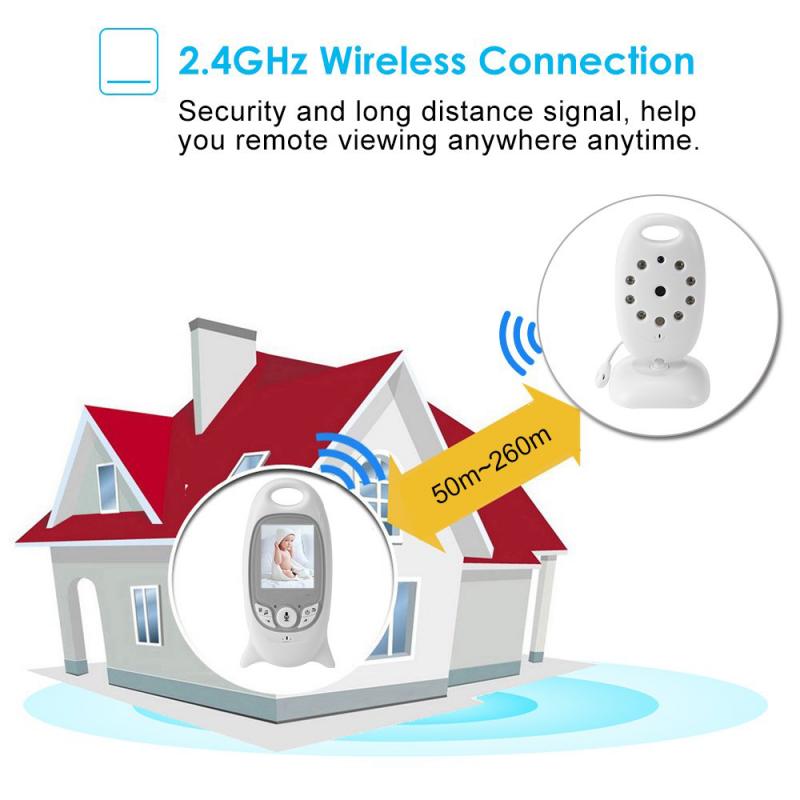
3、 Signal encoding: Converting video data into a wireless-compatible format.
Wireless cameras work by utilizing various technologies to transmit video data without the need for physical cables. One crucial aspect of their functionality is signal encoding, which involves converting video data into a wireless-compatible format.
Signal encoding is a process that compresses the video data and converts it into a format that can be transmitted wirelessly. This compression reduces the size of the video file, making it easier to transmit over a wireless network. There are different encoding standards used in wireless cameras, such as H.264 or H.265, which efficiently compress the video data while maintaining good quality.
Once the video data is encoded, it is transmitted wirelessly using radio waves. Wireless cameras typically use Wi-Fi or Bluetooth technology to establish a connection with a receiver or a network. The encoded video data is then sent over this wireless connection to a receiver device, such as a computer or a smartphone, where it can be viewed or recorded.
In recent years, advancements in wireless camera technology have led to the development of more efficient encoding algorithms and higher transmission speeds. This has resulted in improved video quality and reduced latency in wireless camera systems. Additionally, the emergence of technologies like 5G has further enhanced the capabilities of wireless cameras, allowing for faster and more reliable transmission of video data.
Overall, signal encoding plays a crucial role in enabling wireless cameras to transmit video data without the need for physical cables. It ensures that the video data is compressed and converted into a wireless-compatible format, allowing for efficient and reliable transmission over wireless networks.

4、 Radio frequency communication: Transmitting video signals through radio waves.
Wireless cameras work by utilizing radio frequency communication to transmit video signals through radio waves. This technology allows the camera to send the video feed to a receiver or a network device without the need for physical cables.
The camera captures the video footage and converts it into a digital format. This digital data is then encoded and modulated into a radio frequency signal. The camera then transmits this signal wirelessly using an antenna.
On the receiving end, a receiver or network device with a compatible antenna picks up the radio frequency signal. The receiver demodulates and decodes the signal, converting it back into a digital format. This digital data is then processed and displayed on a monitor or recorded for later viewing.
Wireless cameras typically operate on specific frequency bands, such as 2.4 GHz or 5 GHz, to avoid interference from other wireless devices. They may also use encryption techniques to secure the video transmission and prevent unauthorized access.
In recent years, advancements in wireless camera technology have led to improved video quality, increased transmission range, and enhanced security features. For example, some wireless cameras now support high-definition video resolutions, allowing for clearer and more detailed footage. Additionally, the use of multiple antennas and advanced signal processing techniques has improved the reliability and stability of wireless video transmission.
Overall, wireless cameras provide a convenient and flexible solution for video surveillance and monitoring applications, eliminating the need for extensive wiring and allowing for easy installation and relocation.





